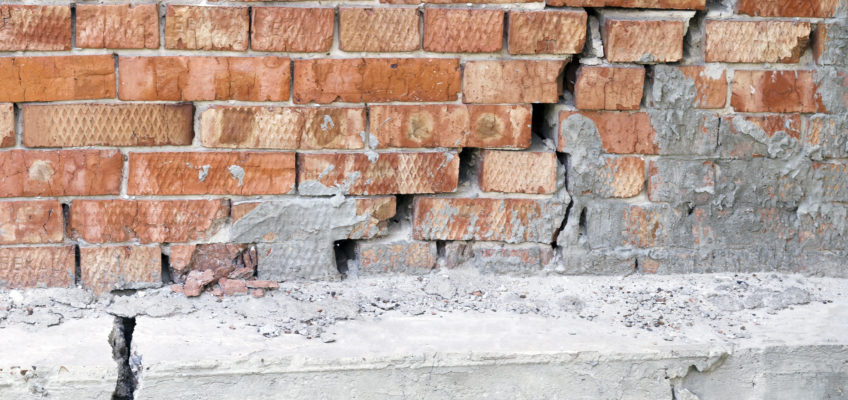Reasons for Underpinning an Existing Foundation
Reasons for Underpinning an Existing Foundation
Underpinning your building’s foundation means restructuring or reinforcing the existing one. It becomes necessary when the original foundation starts losing its strength and can no longer support the home. Typically, it occurs as a result of changes in the soil structure.
Regardless of whether it is because of the type of soil or external impacts, underpinning may become essential to ensure your home’s structure remains robust. Here we discuss the top reasons your home may require underpinning services:
How Do You Identify Whether Underpinning is Necessary
Here are a couple of things structural engineers consider and when appraising your home’s foundation to pinpoint whether underpinning is necessary:
- They’ll conduct a preliminary assessment to figure out whether the damage is substantial or not
- Evaluate the cause of damage by monitoring your home’s foundation
- Figure out whether the movement in the soil can be resolved easily and fast
- Investigate and measure your home to confirm the size and depth of existing foundations and find out the nature and condition of underlying soils.
- If the underpinning project is near or adjacent to an existing building, structural engineers will need to comply with specific requirements.
Reasons for Underpinning an Existing Foundation
In areas where homes are close to one another, underpinning an existing foundation isn’t an unusual task. Here are the top two reasons homeowners may seek underpinning services:
Rebuilding Existing Buildings
If your property requires a significant amount of reconstruction, your foundation will likely require underpinning services. With the help of underpinning services, your home’s foundation will receive changes necessary to upgrade the building’s purpose.
After securing the existing foundation independently, structural engineers can add foundation elements without disrupting or harming the building’s structure.
One standard technique builders use when dealing with these foundation issues is a state-of-the-art cantilever needle beam. With the help of these steel beams and columns, experts strengthen areas of your building’s foundation.
Underpinning Adjacent Buildings
In urban areas, high-rise and commercial buildings often surround plots undergoing construction, reaching their property line. Therefore, these projects are super complex, especially if the excavation services require experts to dig deeper than the surrounding area’s foundations.
In such circumstances, there’s a high risk of the adjacent foundation settling or migrating. On the flip side, underpinning is the perfect way to reduce the risks. In turn, builders can easily construct the new building without worrying about the risk of settlement.
Final Words
These are only two of the top reasons for underpinning an existing foundation. Homeowners may require these services if the soil supporting the foundation changes, the construction of nearby properties involves the excavation of your soil, or if natural disasters cause the structure to move.
In case you identify changes in your home’s foundation or structure, it’s always a good idea to connect with a professional. Not only will they conduct an in-depth assessment of your building, but they also boast the proper equipment for undertaking your underpinning project.

